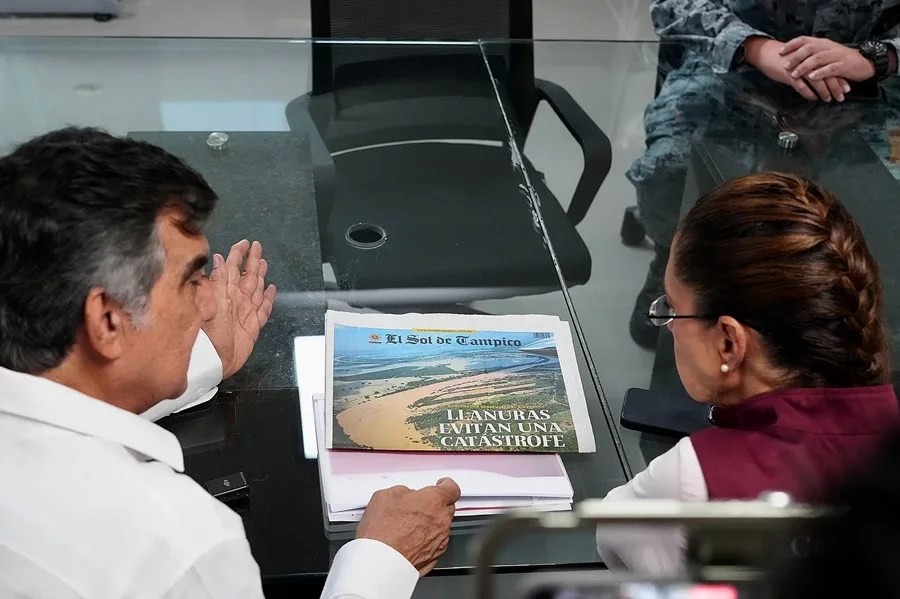Mexico’s Rising Death Toll from Floods Reveals Government’s Struggle to Protect Citizens
As torrential rains devastate five Mexican states, the death toll climbs to 76 with 39 still missing—exposing critical gaps in disaster preparedness and response that risk regional stability on America’s southern border.

Mexico faces a growing humanitarian crisis as the recent unprecedented rains sweep across Puebla, Veracruz, Hidalgo, San Luis Potosí, and Querétaro. The government has now confirmed 76 fatalities and 39 people unaccounted for, a grim testament to the severe flooding that overwhelmed these regions between October 7 and 11. While some official numbers have shifted, the stark reality remains: Mexican authorities are scrambling to contain the aftermath of this natural disaster.
Why Is Mexico Struggling to Protect Its People?
Veracruz bears the brunt of the calamity with 34 deaths and 14 missing persons, followed by Hidalgo (22 deaths, 20 missing), Puebla (19 deaths, 5 missing), Querétaro (1 death), and San Luis Potosí with significant damage but comparatively fewer casualties reported. The situation underscores broader failures in infrastructure resilience and emergency response coordination—failures that inevitably reverberate beyond Mexico’s borders.
The government claims ongoing rescue efforts, evacuation operations, and damage assessments are underway. Yet the question remains: how prepared was Mexico for these extraordinary weather events? For hardworking Americans living near our southern border, instability in Mexico presents a tangible national security concern. Flood-ravaged communities risk spiraling humanitarian emergencies that could fuel migration pressures and transnational criminal activity.
Is Leadership Responding Effectively or Falling Short?
President Claudia Sheinbaum’s recent visit to Tampico in Tamaulipas highlights attempts at on-the-ground supervision amid rising floodwaters from the Pánuco River. While officials assert there is no immediate threat, historic high river levels and widespread inundations demand constant vigilance. The governor of Tamaulipas reports coordinated municipal efforts and sufficient shelters prepared for potential displacement—a positive sign amid adversity.
Nonetheless, the scale of damage across dozens of municipalities—with homes, roads, and farmland destroyed—reflects years of neglect toward vital infrastructure and disaster readiness. This negligence is not merely a domestic tragedy; it represents an ongoing challenge for the United States striving to protect its own sovereignty and border communities from spillover instability.
How long will Washington turn a blind eye to these unfolding crises just south of our border? The America First principle demands that we prioritize policies safeguarding national security by encouraging responsible governance in our hemisphere. Supporting resilient neighbors reduces risks at home.
The path forward requires candid accountability for governmental shortcomings, both in Mexico and here at home. Only by confronting these realities can we work together toward safer borders and stronger communities on both sides.
